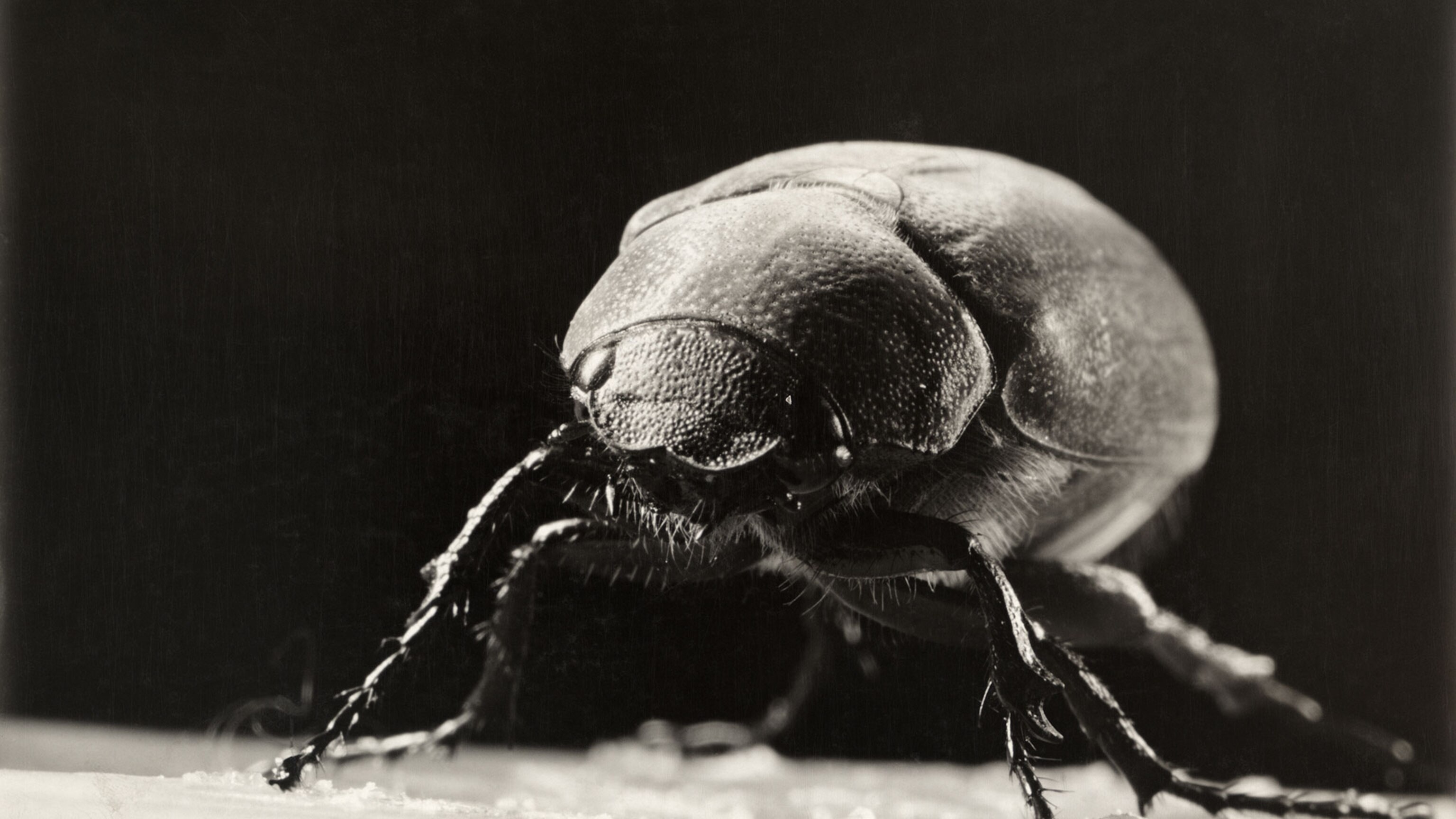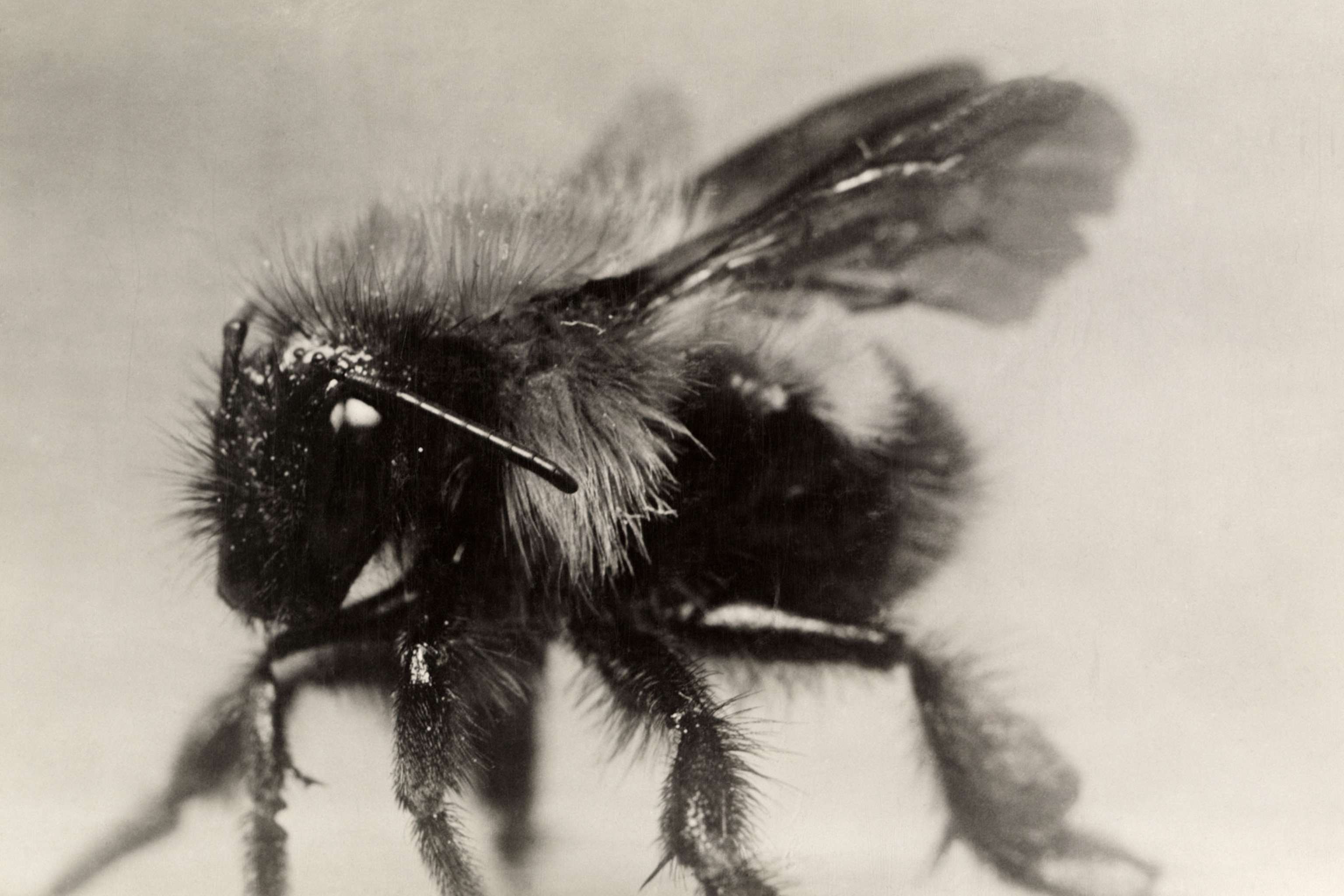
Giant water bugs eat turtles, ducklings, and even snakes
A fearless aquatic predator emerges from a new study compiling decades of research.
Giant water bugs are voracious predators that take down everything from ducklings to venomous snakes, according to a new study that brings together decades of research on the aquatic insects.
They’re “lie-and-wait predators,” says Charles Swart, a senior lecturer at Trinity College in Connecticut who has studied giant water bugs.
“They just take up a position holding onto a plant in the water, and anything that moves in front of them, they’ll grab it and try to eat it.” (See more photos of freshwater insects.)
The research, published in March in the journal Entomological Science, takes a closer look at the ecology of giant water bugs, which are found nearly the world over and comprise some 150 known species. The largest, Lethocerus grandis and Lethocerus maximus, live in South America and can reach more than four inches—longer than a baseball card.
Study author Shin-ya Ohba, associate entomology professor at Japan's Nagasaki University, has been fascinated by the insects ever since he first saw one in a pet store at seven years old.
“Japanese entomologists like giant water bugs because they have cool morphology," he says: Their front legs, for instance, remind him of Popeye the Sailor when he’s flexing his arms.
Everything on the menu
For his study, Ohba read existing studies on water bugs, many of which he has researched in Japan, where the four native species—including the well-studied Kirkaldyia deyrolli—are top predators in rice fields and wetlands.
One consistent theme emerged: These insects seem almost fearless in their predation. For instance, in 2011, Ohba reported the first observation of a giant water bug preying on a turtle.

Despite their size, the brownish bugs blend in well with the plants upon which they perch, dangling upside down so they can breathe via a “snorkel” protruding from their behinds. (Learn why insects rule the world.)
Once prey comes within reach, the predators quickly snap their front legs tight and grasp the creature with their other legs. The bugs then pierce their prey with a dagger-like proboscis, injecting enzymes and possibly anesthetic chemicals.
Swart, who wasn’t involved in the study, notes it’s unclear exactly what makes up water bug toxins—and if they’re truly venomous.
See Vintage Photos of Insects and Spiders

















“They break down the tissue and then they suck it back up,” he says, adding that in larger prey, this can take a few hours—at least part of which the victim may remain alive.
Swart adds the new research is a “really comprehensive review of all that’s known about them.”
Infanticidal mothers
Giant water bugs are unusual among insects in that males take on the bulk of responsibility in caring for the eggs.
In some species, males guard egg clutches—as many as five at a time—by protecting them from predators such as ants. In others, females glue their eggs directly onto the males’ backs, and the males tote them around until they hatch into nymphs.
Ohba’s study also notes that in some species, such as K. deyrolli, females are so keen to find a mate that they will eat other females’ eggs.
“By destroying the eggs of her competitor, a female can obtain the mating partner of the competitor and make certain that the male takes care of her eggs,” Ohba writes. (Read about the discovery of seven giant bug species that are extremely aggressive.)
What’s more, water bug nymphs—whose life stage lasts up to 60 days—must be as tough as adults. In most species, they hatch in a season when smaller prey is less abundant, forcing them to go after seemingly impossible prey such as tadpoles or small fish.
Nymphs are armed with highly curved front legs, which helps them clasp prey more easily, according to Ohba.
Yet what goes around comes around in terms of the food chain, Swart adds—giant water bugs often fall prey to larger fish, ducks, and possibly raccoons or turtles. Some people also eat them fried or boiled in Southeast Asia.
Why we need giant bugs
As scary as water bugs sound, their status as top-shelf predators means they are key to maintaining a healthy ecosystem.
Water pollution can harm their populations, and alien species such as crayfish and bullfrogs can prey on water bugs. (Read why insect populations are plummeting—and why it matters.)
That means scientists should work to ensure clean, invasive-free fresh water for these crucial species, Ohba says.
“We can conserve whole ecosystems through the conservation of giant water bugs.”
You May Also Like
Go Further
Animals
- Orangutan seen using plants to heal wound for first timeOrangutan seen using plants to heal wound for first time
- What La Palma's 'lava tubes' tell us about life on other planetsWhat La Palma's 'lava tubes' tell us about life on other planets
- This fungus turns cicadas into zombies who procreate—then dieThis fungus turns cicadas into zombies who procreate—then die
- How can we protect grizzlies from their biggest threat—trains?How can we protect grizzlies from their biggest threat—trains?
Environment
- What La Palma's 'lava tubes' tell us about life on other planetsWhat La Palma's 'lava tubes' tell us about life on other planets
- How fungi form ‘fairy rings’ and inspire superstitionsHow fungi form ‘fairy rings’ and inspire superstitions
- Your favorite foods may not taste the same in the future. Here's why.Your favorite foods may not taste the same in the future. Here's why.
- Are the Great Lakes the key to solving America’s emissions conundrum?Are the Great Lakes the key to solving America’s emissions conundrum?
- The world’s historic sites face climate change. Can Petra lead the way?The world’s historic sites face climate change. Can Petra lead the way?
History & Culture
- Meet the ruthless king who unified the Kingdom of Hawai'iMeet the ruthless king who unified the Kingdom of Hawai'i
- Hawaii's Lei Day is about so much more than flowersHawaii's Lei Day is about so much more than flowers
- When treasure hunters find artifacts, who gets to keep them?When treasure hunters find artifacts, who gets to keep them?
Science
- Why ovaries are so crucial to women’s health and longevityWhy ovaries are so crucial to women’s health and longevity
- Orangutan seen using plants to heal wound for first timeOrangutan seen using plants to heal wound for first time
Travel
- Why this unlikely UK destination should be on your radarWhy this unlikely UK destination should be on your radar
- A slow journey around the islands of southern VietnamA slow journey around the islands of southern Vietnam
- Is it possible to climb Mount Everest responsibly?Is it possible to climb Mount Everest responsibly?
- 5 of Uganda’s most magnificent national parks
- Paid Content
5 of Uganda’s most magnificent national parks




